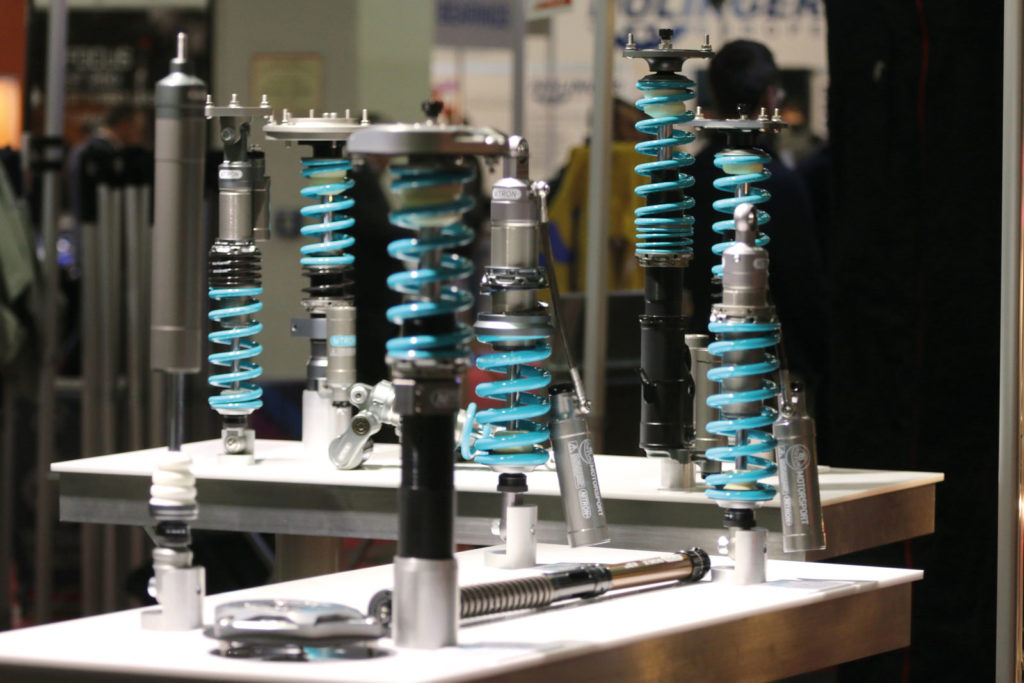 In his upcoming workshop at PMW Expo, Miguel Fernandes Ferreira, lecturer at Oxford Brookes University, will explain the ins and outs of a new simulation model for twin-tube dampers that his team has developed. Here, he previews his presentation and shows how the model strikes a balance between complexity and ease of implementation.
In his upcoming workshop at PMW Expo, Miguel Fernandes Ferreira, lecturer at Oxford Brookes University, will explain the ins and outs of a new simulation model for twin-tube dampers that his team has developed. Here, he previews his presentation and shows how the model strikes a balance between complexity and ease of implementation.
What’s the background to your presentation?
Vehicle dynamics simulation requires good representation of the behavior of the individual components contributing to the full system; behavior that is more often than not non-linear. One component whose behavior is unquestionably characterized by non-linearities is the damper.
The work presented at this workshop has been developed as part of a research program undertaken at Oxford Brookes University. The goal was to improve the fidelity of damper models as well as make the implementation in vehicle simulations easier.
How is the new damper model different to what came before?
This is a physical damper model, which means that the formulation attempts to capture the physical processes that characterize the damper behavior. As such, most of the parameters in this model are relevant to physical properties or states of the damper. The issue is that this can make the model extremely complex.
In our work, we have attempted to retain the usefulness of a physical model, but include only the most relevant parameters. In order to better model low-speed behavior, the model considers the different flow regimes that a damper might experience. Additionally, all the tools and procedures required to use the model – testing and parameter identification – are addressed.
What are the main benefits for race teams?
With realistic behavior and adjustability in their models, teams could gain more detailed knowledge of the current and potential behavior of their components. This model has been formulated with simple implementation in mind and, as a result, it can be easily integrated into existing vehicle dynamics simulations or used in isolation to tune the desired characteristic curves in a virtual environment.
What do you hope will be the main takeaway for those attending your workshop?
This workshop will give participants a detailed insight into the behavior of a modern twin-tube damper and, in general, how a physical model is built and implemented. Hopefully, this will give participants some encouragement to make use of it and develop their own customized tools for simulation and optimization.
 Catch Miguel’s free-to-attend workshop Adjustable twin-tube damper physical model on the first day of Professional MotorSport World Expo. View the full program here.
Catch Miguel’s free-to-attend workshop Adjustable twin-tube damper physical model on the first day of Professional MotorSport World Expo. View the full program here.



